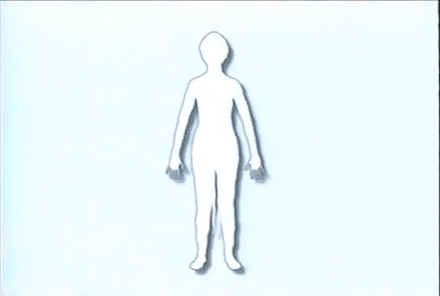#biology
Text
EEEEEEEE EEEEEEEEE EEEEEEE
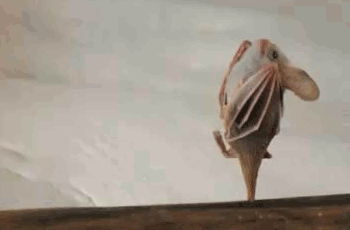
That's right! It's International Bat Appreciation Day! We share our planet with over 1400 species of bat, making the second most abundant mammal order, and they perform a wide variety of ecological roles, from dispersing seeds to pollinating flowers to eating thousands of insects in a single night! Over 200 bat species are listed as Threatened by the International Union for the Conservation of Nature--that is over 14 percent of all bats!
YOU can help endangered bats today by donating to Pennsylvania Bat Rescue at this link. This PA-based organization rehabilitates sick or injured bats and helps educate people like you and me in how we can create more bat-friendly environments.
If you want to learn about particularly-cool bat species native to New Zealand, check out this Consider Nature article on the Pekapeka, the bat that walks:
For the rest of the day, Consider Nature will be bat-bombing Tumblr with some of our favorite bat species to share them with the world!
Alt text: a small brown bat stretching its wings with the kind of fabulous flourish that would impress Ryan Evans.
#animals#nature#science#biology#wildlife#conservation#environment#bats#international bat appreciation day#batbombing
4K notes
·
View notes
Text

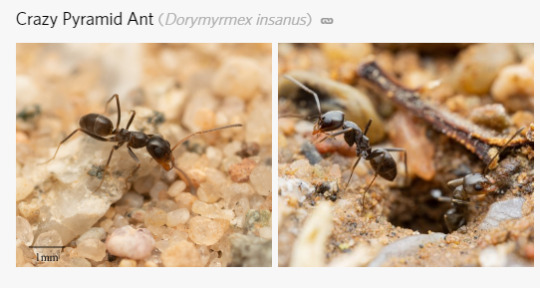
big fan of bug names that sound like they were given by the bug's bitter ex
#insect#insects#bug#bugblr#entomology#bugs#inaturalist#naturalist#nature#ecology#zoology#biology#hawk noises#if anyone has more please add them
147 notes
·
View notes
Text
Taxonomy Tournament: Mammals

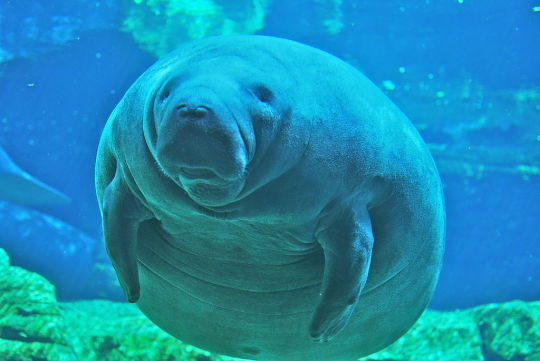
Didelphidae. This order is made up of the opossums, known for playing dead and in some species having prehensile tails. They are the only marsupials native to North America.
Sirenia. This order is made up of sea cows, the dugong and manatee.
#animals#biology#polls#poll tournament#zoology#opossums#possums#mammals#tetrapods#sea cows#dugongs#Didelphidae#Sirenia#0xfv0x30
93 notes
·
View notes
Text
Wet Beast Wednesday: pistol shrimp
Oh snap, it's the snapping shrimp post for Wet Beast Wednesday! Snapping shrimp or pistol shrimp are loud little critters that have evolves a very useful and fascinating tool in their pincers. Let's not waste time and shoot off to learn about these little gunslingers.
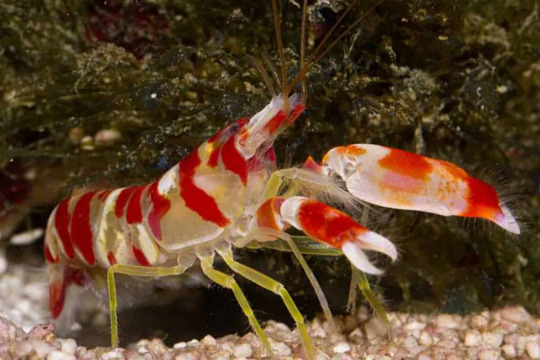
(Image: a pistol shrimp. It is a mostly white shrimp with red stripes. One of its claws is considerably larger than the other. It is standing on gravel and next to some seaweed. End ID)
Pistol shrimp are over 1,000 members of the family Alpheidae, which is part of the infraorder Caridea. This means they are true shrimp, not to be confused with superficially similar animals like brine shrimp, mantis shrimp, tadpole shrimp, and prawns. Yeah, I only recently learned that prawns and shrimp aren't a language difference between British English and American English like chips vs fries. They're not even that closely related. As true shrimp, pistol shrimp have two main body parts: the cephalothorax and abdomen, which are composed of 19 body segments. The abdomen forms a flexible tail with a fin on the end. When startled, the fin can rapidly curl under the body, propelling the shrimp backwards. Like other decapods, there are 10 limbs. The front pair of limbs have evolved into claws used to manipulate objects. The claws are the most distinguishing feature of pistol shrimp. They are asymmetrical, with one growing extremely large, over half the size of the body. The big claw has a modified version of the typical pincer. This pincer has an upper claw that can open up at a right angle. Under the claw is a pocket in the lower pincer, into which water flows. The upper pincer then slams down into this pocket, forcing the water out. The pressure of the pincer closing water in the pocket creates a cavitation bubble that is forced away from the claw at up to 26.8 meters per second. This is enough force to seriously wound small animals and hurt larger ones into leaving the shrimp alone. The cavitation bubbles can reach up to 4,427 degrees C (8,000 F) . For comparison, the surface of the sun is about 1,000 decrees (C) hotter. When the bubble pops, it creates a snapping sound that can reach 218 decibels. For comparison, most gunshots max out at around 170 db. This puts pistol shrimp is the running for the loudest ocean animals, with whales being the other main competitors. If that all sounds like a lot, the whole event happens so fast that the heat doesn't have time to affect much and the noise sounds like a moderately loud snap to us. Adults can snap their claws shut with an acceleration of up to 30 meters per second squared and juveniles can do it up to 20 times faster. The whole process takes less than a millisecond. When the cavitation bubble collapses, it can produce light. This is called sonoluminescence and nobody knows how it happens. If a pistol shrimp loses its large claw, the small claw will grow into a new large one while the missing limb will regenerate into a small claw. Adult pistol shrimp average between 3 and 5 cm long.
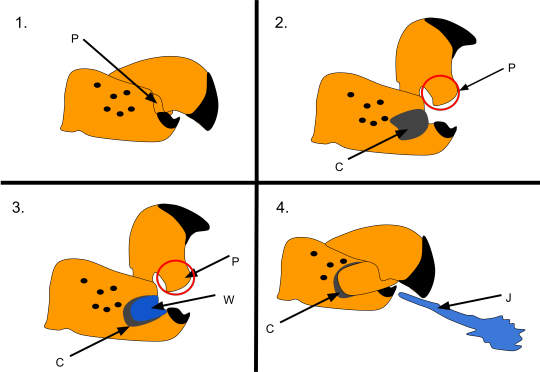
(Image: a drawing showing the process of a pistol shrimp snapping its claw. In the first panel, the claw is closed. In the second, the upper claw opens at a 90 degree angle, revealing a cavity. In the third panel, the cavity fills with water. In the final panel, the claw is closed again and a jet of water is ejected from the claw. End ID. Source: Wikipedia user Carermyers)
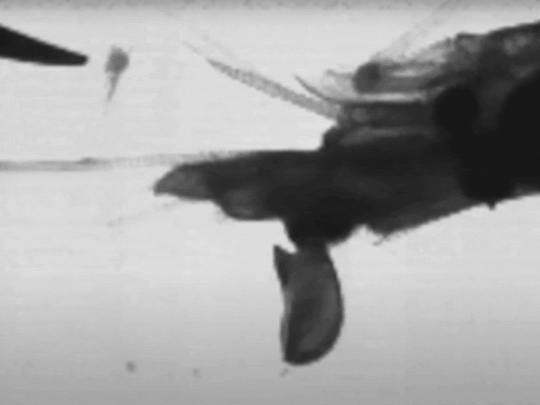
(Gif: black and white, slow-motion video of a pistol shrimp's claw snapping shut and creating a cavitation bubble. End ID. Source)
Pistol shrimp live worldwide, though most species live in tropical or temperate water. There are some cold water species and even freshwater species. Most prefer habitats where they can make burrows and where there are plenty of other animals. Coral reefs, oyster reefs, seagrass beds, mangrove groves are common habitats. Snapping is used for hunting and communication. They typically hide in burrows, waiting for fish or other small animals to pass by. When prey passes, the shrimp will snap to stun or seriously wound the prey, then drag it into the burrow. Some social species actually form eusocial hives with a single queen who produces all offspring. These shrimp are the only known marine eusocial species and all occur within the same genus (Synalpheus), though not every member of that genus is eusocial and eusociality appears to have evolved at least 3 times within that genus. It appears that a reason why only this genus developed eusociality is their larvae do not disperse, instead staying in the same area as the parents. The hives are usually located within sponges. Other social species are not eusocial, but still live together in colonies. Many less social species have formed a symbiotic relationship with gobies. Both species live in burrows, but gobies are bad at digging while the shrimp have poor eyesight. The goby will protect the shrimp while it digs a burrow, then the two live together. They will forage together, with the goby using its superior eyesight to watch for predators and warn the shrimp to get back to the burrow. Pistol shrimp are monogamous, the same pair coming back to mate over and over again (this does not apply to the eusocial species in which only the colony's queen is permitted to mate). The female is only fertile during a short period after molting. The male will stay with the female and protect her during the vulnerable period after mating and some species will remain with each other until the eggs hatch or permanently.
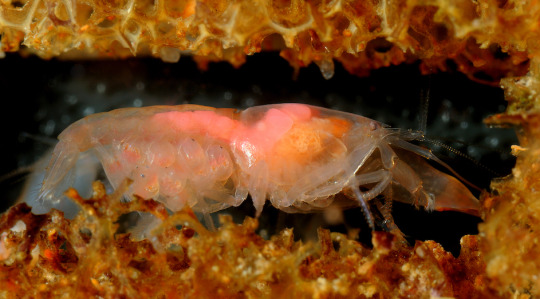
(Image: a eusocial pistol shrimp queen with eggs. Her body is translucent and multiple eggs are attached to her abdomen. The eggs look like translucent balls. The is inside of an orange sponge. End ID)
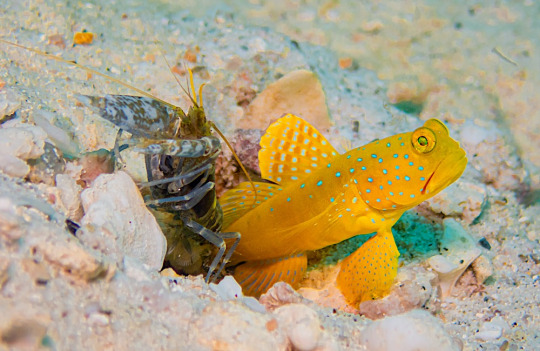
(Image: a pistol shrimp and goby emerging from a burrow in the sand. The shrimp is a mottled green and white. The body is a bright yellow fish covered with blue spots. End ID)
Pistol shrimp are a major source of noise in the places where they live. If you've ever been swimming and can hear repeated cracking noises, that may have been a bunch of pistol shrimp. Some scientists monitor the level of pistol shrimp noises as a method of monitoring the ecosystem. If the noise level drops, that is an indicator that the local ecosystem is suffering. The noise of the shrimps can get so loud that it actually interferes with sonar and forms of underwater communication. During World War II, members of the navy realized that the shrimp disrupted sonar enough to hide submarines, so they started hiding submarines near reefs with lots of the shrimp to keep them from being found by enemy subs. Weirdly not the only small marine animals to mess with submarines. I'll get the the other major one soon. The largest threats to pistol shrimp come from habitat destruction. Some species of pistol shrimp have entered the pet trade. As coral reefs, seagrass beds, and other habitats are destroyed, the shrimp that rely on them will suffer as well.

Yet another time I get to use one of these cards in a post
(Image: the Weird n' Wild Creatures card featuring pistol shrimp. End ID)
#wet beast wednesday#pistol shrimp#snapping shrimp#shrimp#decapod#crustaceans#marine biology#biology#zoology#ecology#animal facts#eusocial#symbiosis#goby#informative#image described
135 notes
·
View notes
Text
Mimicking Plant Movement

Many plants control the curvature of their leaves by selectively pumping water into cells that line the outer surface. This swelling triggers bending. Engineers created their own version of this structure. (Image credit: T. Gao et al.; via GoSM)
Read the full article
104 notes
·
View notes
Text
The lung-cell type that’s most susceptible to infection by SARS-CoV-2, the virus that causes COVID-19, is not the one previously assumed to be most vulnerable. What’s more, the virus enters this susceptible cell via an unexpected route. The medical consequences may be significant.
Stanford Medicine investigators have implicated a type of immune cell known as an interstitial macrophage in the critical transition from a merely bothersome COVID-19 case to a potentially deadly one. Interstitial macrophages are situated deep in the lungs, ordinarily protecting that precious organby, among other things, engorging viruses, bacteria, fungi and dust particles that make their way down our airways. But it’s these very cells, the researchers have shown in a study published online April 10 in the Journal of Experimental Medicine, that of all known types of cells composing lung tissue are most susceptible to infection by SARS-CoV-2.
SARS-CoV-2-infected interstitial macrophages, the scientists have learned, morph into virus producers and squirt out inflammatory and scar-tissue-inducing chemical signals, potentially paving the road to pneumonia and damaging the lungs to the point where the virus, along with those potent secreted substances, can break out of the lungs and wreak havoc throughout the body.
Continue Reading.
61 notes
·
View notes
Text
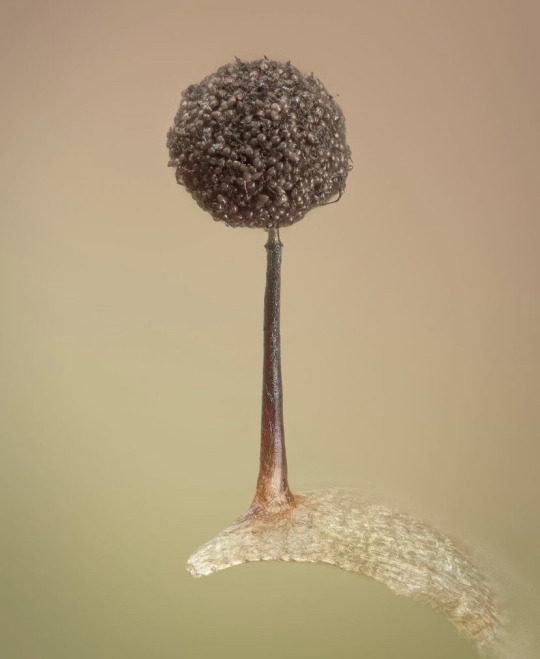
Macbrideola cornea - a tiny myxo only 0.4mm tall. the tiny ‘bubbles’ are spores.
by Karsten Buch
#macbrideola#macbrideola cornea#karsten buch#slime mold#myxomycota#slime mould#forest floor#macro photography#myxomycetes#microbiota#microbiology#microorganisms#nature photography#bryophytes#ecology#biology
65 notes
·
View notes
Text
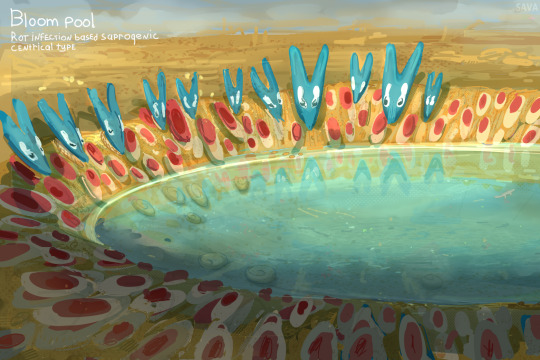
Sinedenian Bloom Pools
Rot Rings or Bloom Pools are common temporary microecosystems on Sinedey that can be found throughout foam grass biomes. They form due to the sudden mass death of a specific spot on the mat of foam grass, which can occur for a number of different reasons, such as rot, infection, fire, lightning strike, aggressive grazing by animals. Such scars on the mass of grass heal at a slower rate, since the fight of the grass mat against necrosis can drag on for up to several months. This allows water to accumulate in the crater formed, giving rise to isolated communities of organisms.
Here is a saprogenic centric type formed by a rot infection. In rot rings filled with water, colonies of moisture-loving parasitic heliophytes of all colors and shapes quickly appear, as well as small populations of aquatic plants and creatures that feed on dead tissues of foamy grass. Such organisms are adapted to life in highly acidic water.
This is just one type of rotten rings; there are also larger rotten rings of various shapes and depths, unfilled with water, with unique communities of organisms, different levels of water acidity, or with a longer period of existence. This interesting phenomenon of the planet has particularly attracted the interest of many ecologists, researchers who even “hunt” for them in search of new unique types.
63 notes
·
View notes
Text


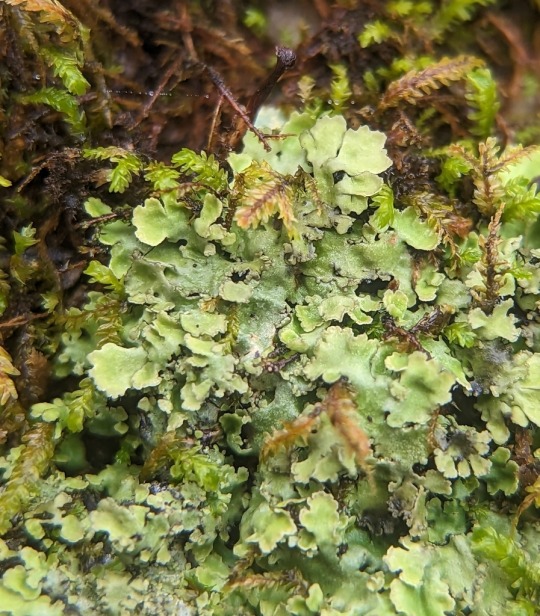
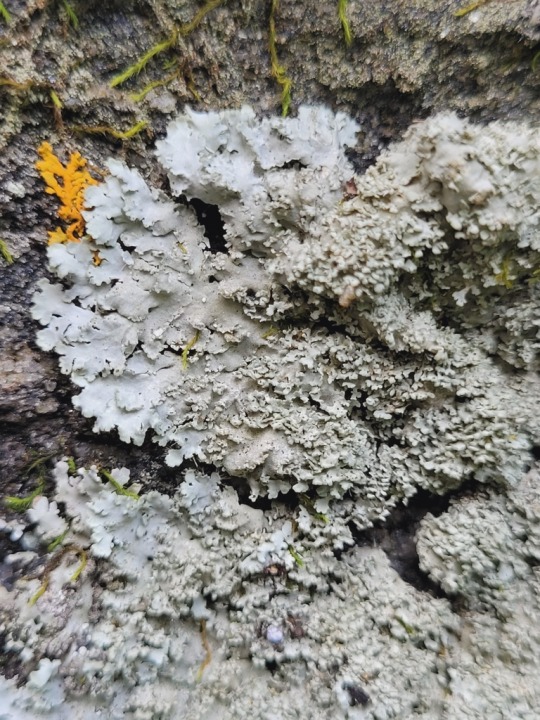

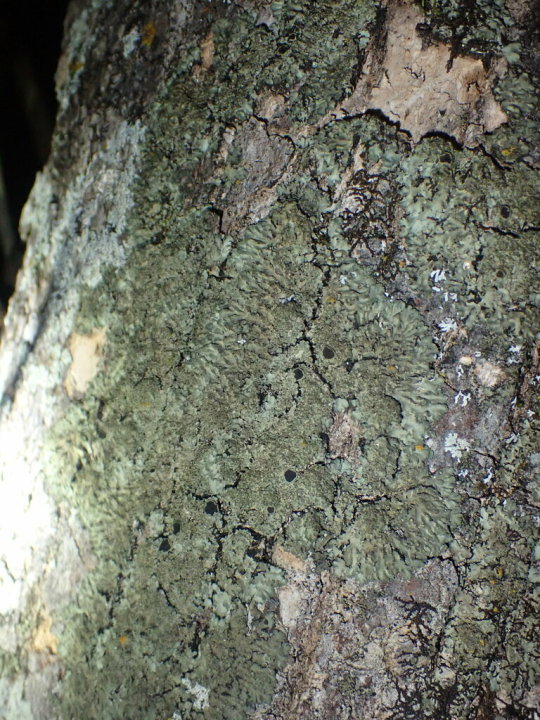
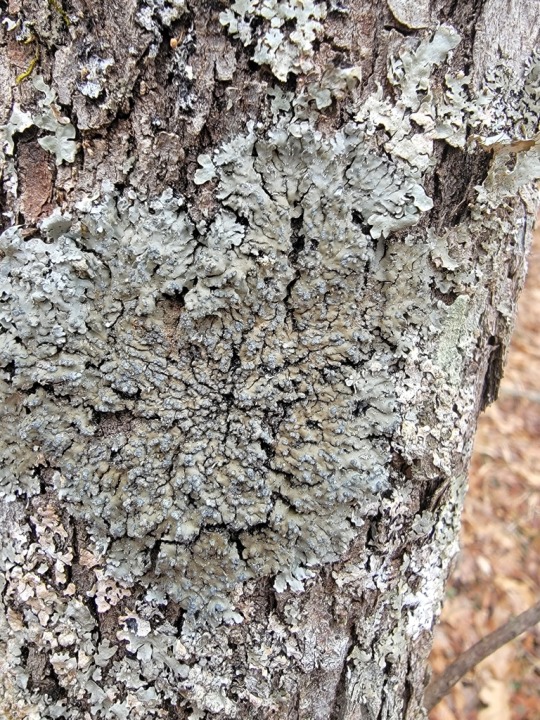

Phaeophyscia squarrosa
Scaly shadow lichen
Using this lichen for my regular reminder that lichens are NOT plants. Lichens are an association between an obligate fungal host (mycobiont) and one or more photosynthesizing partners (a green algae and/or a cyanobacteria). It is a fungus using unicellular organisms that photosynthesize so it can cosplay as a plant.
images: source | source
#lichen#lichens#lichenology#lichenologist#lichen subscribe#mycology#ecology#biology#symbiosis#symbiotic organisms#algae#life science#environmental science#natural science#sicence#nature#the natural world#beautiful nature#weird nature#naturalist#Phaeophyscia squarrosa#Phaeophyscia#trypo#trypophobia#I'm lichen it#lichen a day#daily lichen post#go outside#take a hike#look for lichens
55 notes
·
View notes
Text
Hey kid

Time to learn about tomato frogs.
This weird frog blows up like a balloon and makes glue. Click below to learn more:
2K notes
·
View notes
Text
If your definition of being a 'real woman' is having XX chromosomes, then you should know there's cis women who have male (XY) chromosomes. Conditions like Complete Androgen Insensitivity Syndrome and Swyer syndrome prove it. Your biological sex doesn't define your gender identity.
In conditions like Complete Androgen Insensitivity Syndrome (CAIS), individuals assigned female at birth with XY chromosomes typically have a vagina and may have a short or underdeveloped uterus and fallopian tubes, but they typically lack functional ovaries. In Swyer syndrome, individuals with XY chromosomes have female internal reproductive organs, including a uterus and fallopian tubes, but they typically lack functional gonads (ovaries). These variations highlight the complexity of biological development and gender identity.
Would you refer to these cis women with he/him pronouns for having male chromosomes like you do with trans women?
Before you say 'but these people are rare' just know that Refusing to acknowledge individuals with conditions like Complete Androgen Insensitivity Syndrome (CAIS) and Swyer syndrome because of their rarity is ignorant and narrow-minded. Their existence punches holes in simplistic gender narratives, whether you like it or not. Dismissing them only reveals your unwillingness to confront the complexity of human biology and identity.
Sorry, but topics such as science, logic, and facts are not on your side.
#trans rights#transgender#intersex#biology#lgbtq#nonbinary#education#educate yourself#educate yourselves#transfem#transgirl#leftism#anti radical feminism#anti jkr#science#facts#trans pride#lgbt pride#gay pride#lesbian pride#politics#radblr#terfism#radical feminism#radical feminist safe#fuck jkr
40 notes
·
View notes
Text
Taxonomy Tournament: Shark Finale!
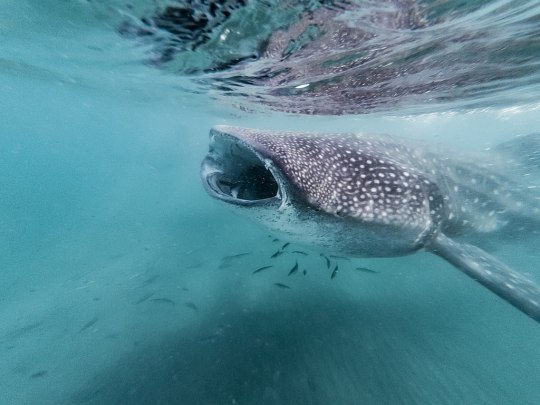

Orectolobiformes. This order is known as the carpet sharks. Members include nurse sharks, whale sharks, and Wobbegong sharks
Squaliformes. This order of sharks have two (typically spiny) dorsal fins. Memebrs include dogfish, gulper sharks, and the cookie-cutter shark, which gouges round chunks of flesh from larger animals
#animals#biology#polls#poll tournament#zoology#nurse sharks#whale sharks#fish#sharks#dogfish#cookie cutter sharks#Orectolobiformes#Squaliformes#0x14v0x2b
75 notes
·
View notes
Text

Oil Beetle Meloe violaceus
#cottagecore#dirtcore#goblincore#nature#nature photography#biology#ecology#wildlife#wildlife photography#macro photography#insects#bugs
46 notes
·
View notes
Text


Beautiful boy at the pond
32 notes
·
View notes
Text
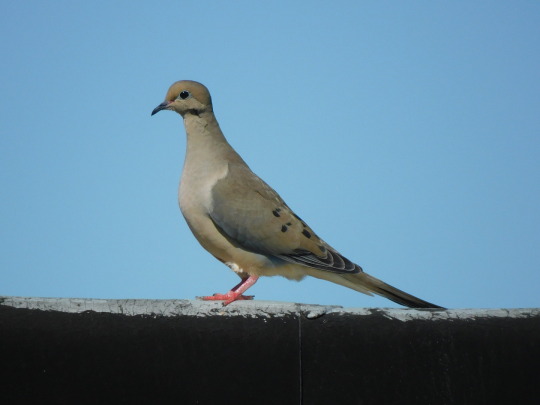


mourning dove (Zenaida macroura)
got some photos of this guy preening, i love how silly birds look when they’re preening
#mourning dove#conservation#nature#biology#wildlife#wildlife photography#bird photography#birds#birding#birdblr
47 notes
·
View notes
